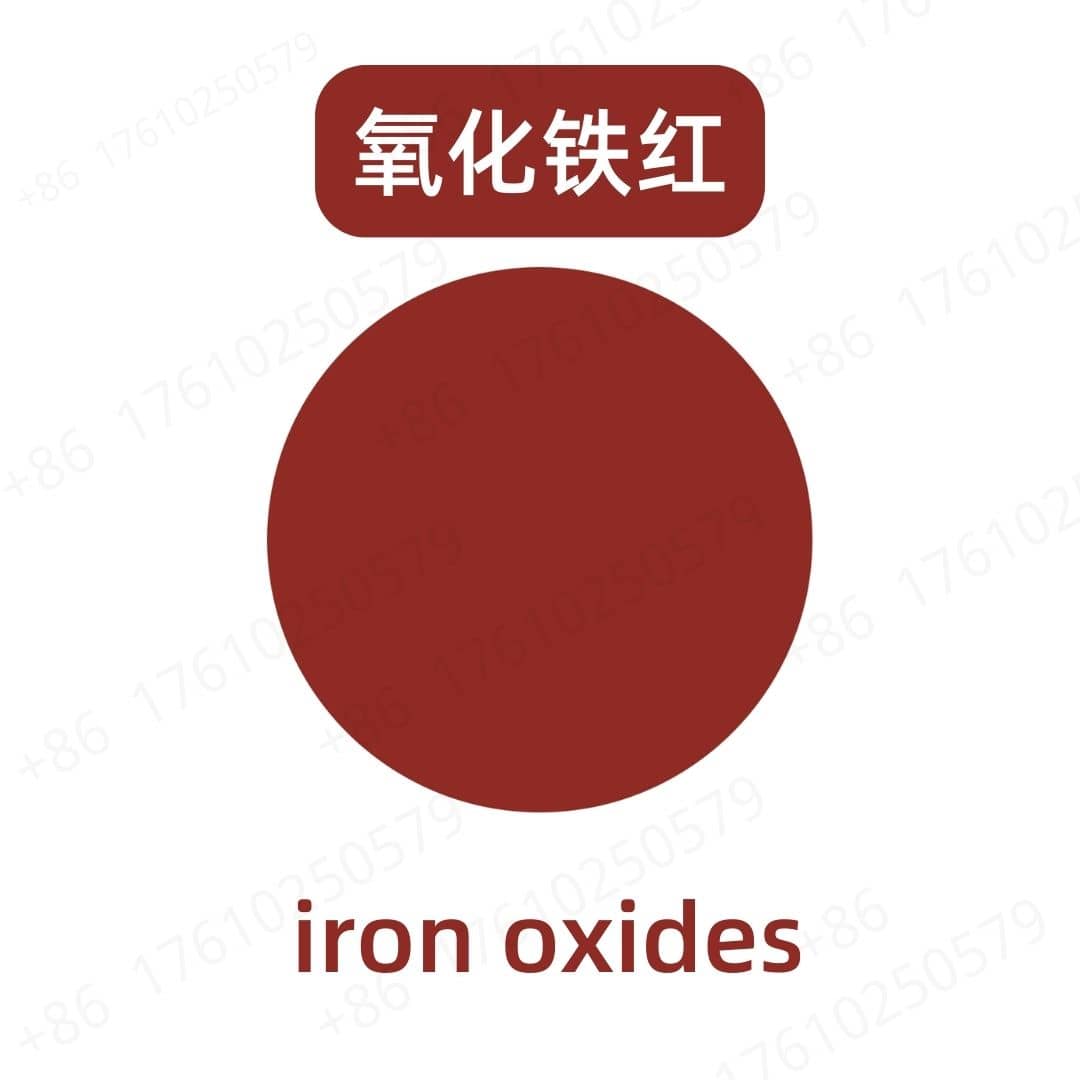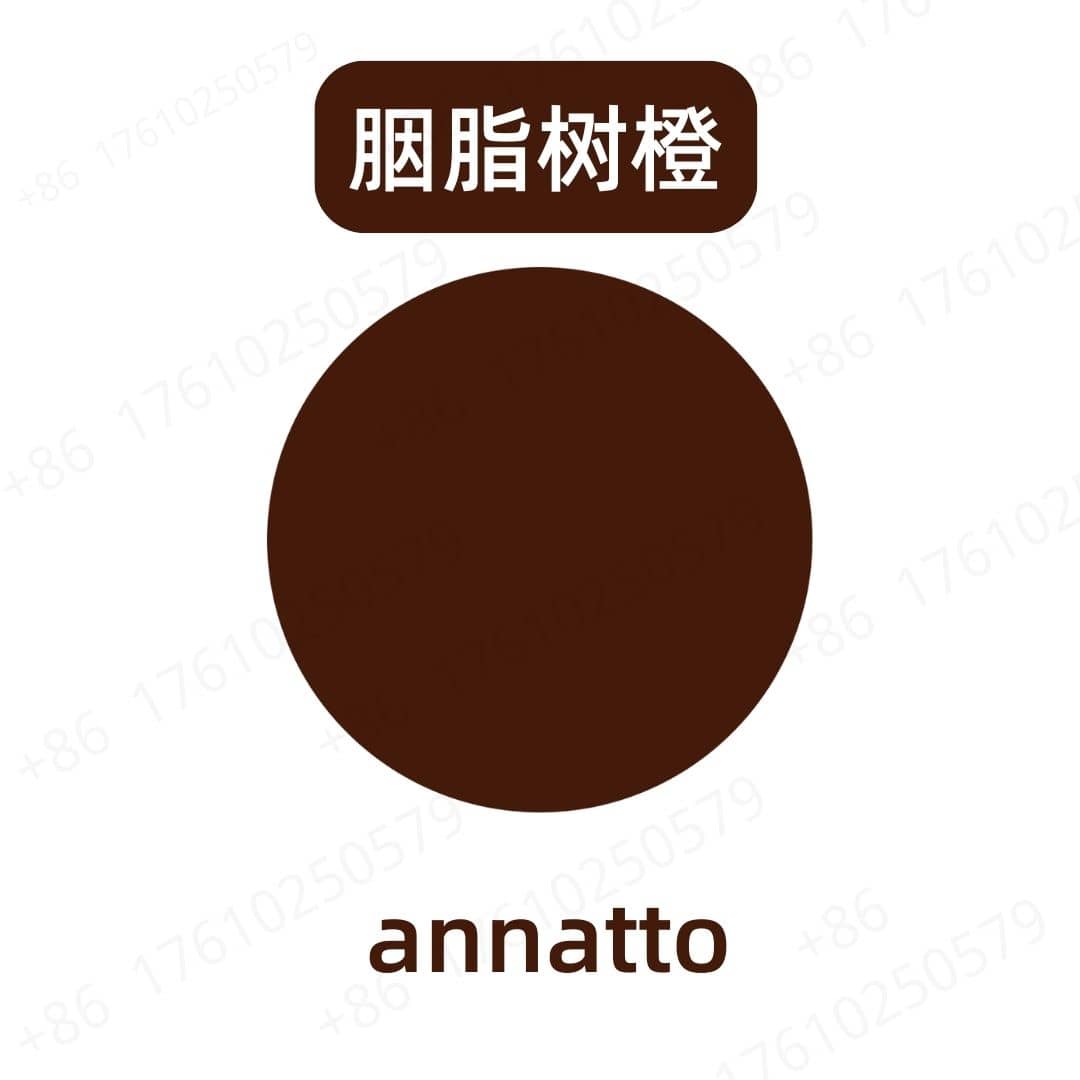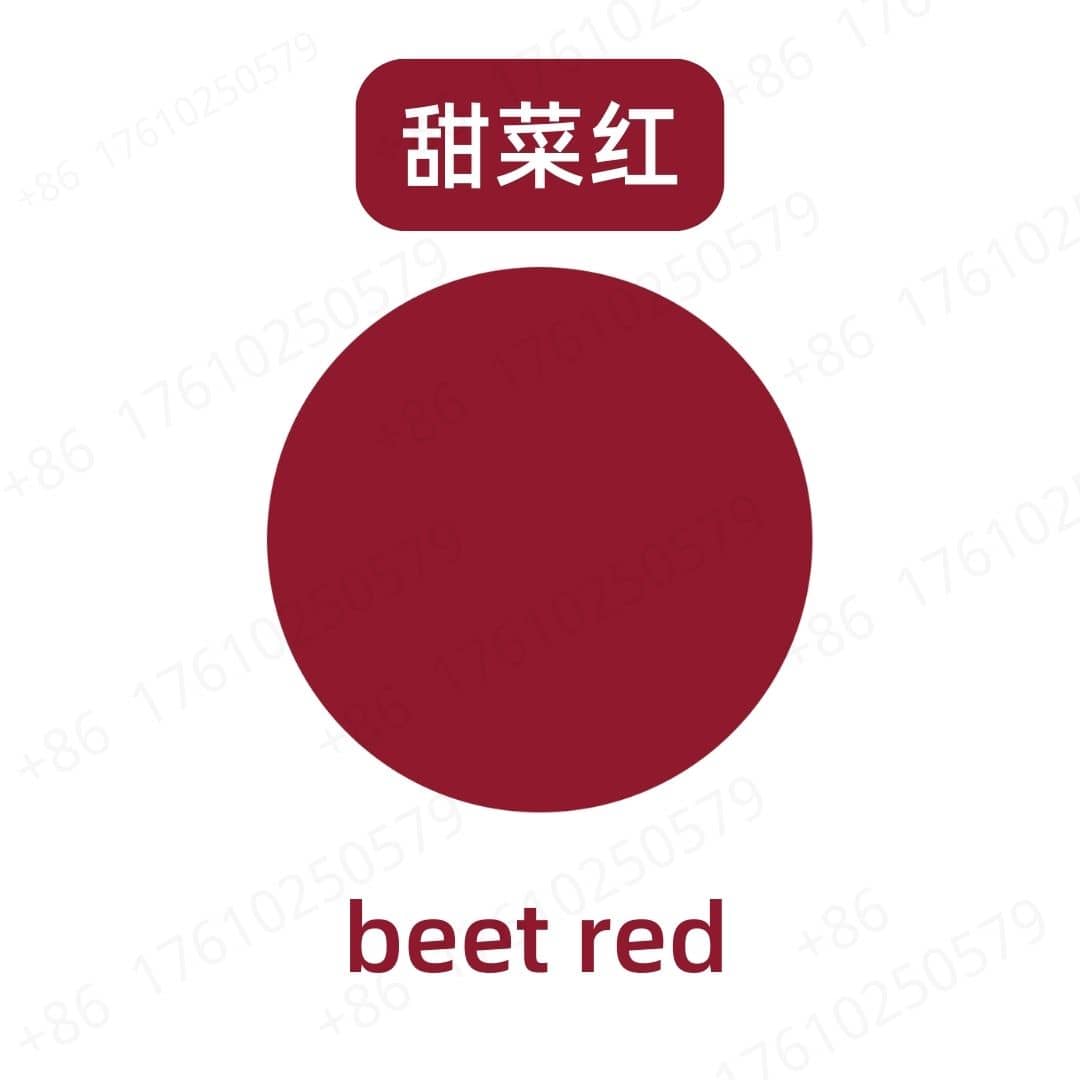Product Introduction
Turmeric pigment, derived from the turmeric plant (Curcuma longa), is known for its vibrant yellow color, primarily attributed to the active compound curcumin. This pigment is widely used in food, cosmetics, and health products due to its appealing hue and potential health benefits. It has a long history of use in traditional medicine and cooking, particularly in South Asian cultures.
Production Process
The production of turmeric pigment involves several steps. Fresh turmeric rhizomes are first harvested and cleaned to remove impurities. After washing, the rhizomes are dried to reduce moisture content. Once dried, the rhizomes are ground into a fine powder, and the curcumin is extracted through a solvent extraction method, often using ethanol or water. This process ensures a high level of curcumin purity. The final product is then filtered and dried again to achieve the desired powder consistency, suitable for various applications.
Application Scenarios
Turmeric pigment finds applications in several industries. In food, it is commonly used as a natural coloring agent in curries, sauces, and snacks, enhancing not only color but also flavor and health properties. In cosmetics, it serves as a colorant in creams, lotions, and face masks, contributing to skin benefits alongside its aesthetic appeal. The dietary supplement industry utilizes turmeric pigment for its potential anti-inflammatory and antioxidant properties, often found in capsules and powdered supplements.
Packaging and Storage
Storage Conditions: Store in a sealed, light-proof container, away from high temperatures, in a dry, cool, and well-ventilated place.
Packaging: Bulk: 25kg/fiber drum; Sample: 1kg/aluminum foil bag; Custom packaging available upon request.
Shipping Methods: FedEx, DHL, dedicated logistics, and sea freight consolidation.
Shelf Life: Two years
Monica Sun possesses extensive technical expertise and market insights in the food additives industry. She excels in designing efficient and safe additive formulations tailored to various food applications, ranging from sweeteners to functional dietary fibers. Monica has successfully assisted food manufacturers in optimizing ingredient combinations to enhance product quality and improve consumer satisfaction.

















